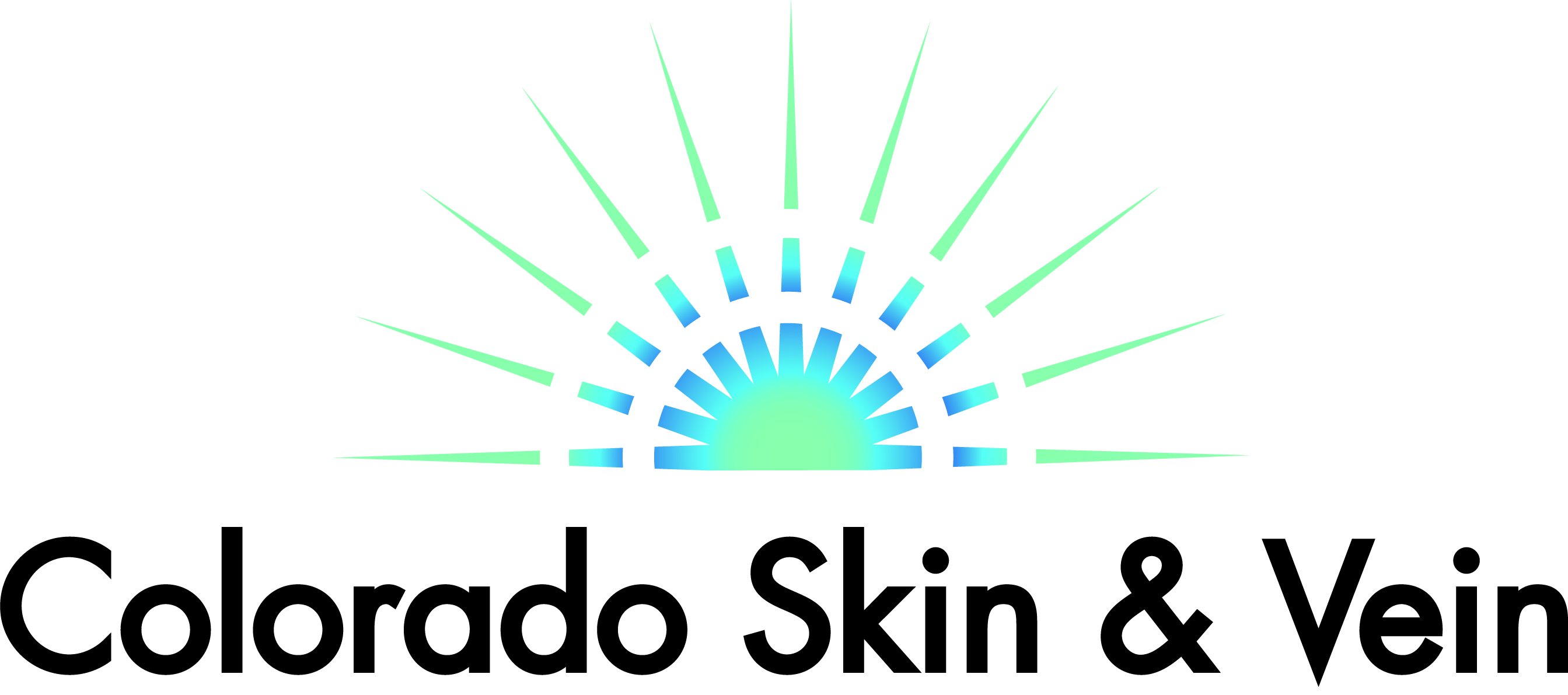July 2, 2023
I Have a Terrible Scar: Can You Help?
While some scars fade naturally over time, the right treatment approach can accelerate the process for bothersome scars you’d like to minimize or improve more quickly. Learn about our advanced scar revision techniques here.
A scar is an enduring mark left on the skin following chronic damage, acute trauma, a surgical incision, or a skin-affecting illness. These distinct marks form as part of the healing process as your injured epidermal and dermal layers rebuild their tissues, repair abnormal gaps, and restore optimal health.
Scars form in various ways, shapes, and sizes, depending on the nature and severity of the skin damage that leads to their development. While many become less prominent over time, most don’t fade completely.
Luckily, our team at Colorado Skin and Vein can help.
Here, David Verebelyi, MD, RVT, and Christina Jordan, FNP, CANS, discuss how scars form and offer five scar revision treatment options that can make unwanted scars less noticeable.
Scar formation basics
Scar formation is part of the healing process after your skin is injured. It develops as skin tissue actively repairs itself, increasing collagen production to grow new, fresh tissue that pulls the wound together and effectively closes any gaps. Scars can result from:
- Accidental trauma (i.e., burn, cut)
- An incision from surgical treatment
- A chronic skin condition (i.e., acne)
- An acute illness (i.e., chickenpox)
A scar can form on any area of your body. Its final composition largely depends on where it is, the damage that caused it, and your age and nutritional status. Most people develop at least one scar throughout their lives.
Various types of scars
Scar tissue consists of collagen, the protein that gives your skin its structure, strength, and resilience. Still, scars can vary greatly — some are minor, flat, and nearly invisible, while others are large, raised, tight, or painful. Let’s take a closer look at common scar types:
Fine-line scars
Normal, fine-line scars typically develop as a minor cut or surgical incision heals. They initially form as a raised line but tend to flatten and fade over time. While early fine-line scars can be itchy, they aren’t usually painful.
Keloid scars
These raised scars form when excessive collagen production at the site of an injury leads to an overgrowth of epidermal tissue, both over and beyond the initial wound. Itchy, tight, and sometimes painful keloid scars grow after the skin damage has healed. They can feel restrictive, especially if they’re near a joint.
Hypertrophic scars
Hypertrophic scars are like keloid scars, apart from the fact that they don’t extend beyond the boundary of the original wound and tend to improve gradually after an initial, early period of thickening.
Pitted scars
When your healing skin produces too little collagen, it can form depressed scars or small indentations along the surface of your skin. Also known as atrophic “ice pick” scars, pitted scars are common after severe acne breakouts or chickenpox lesions.
Scar revision solutions
While many scars fade naturally over time, the correct treatment approach can accelerate the process for bothersome scars you’d like to minimize or improve more quickly. At Colorado Skin and Vein, we can treat various scar types with our advanced scar revision techniques.
Depending on your needs, we may recommend the following:
Steroid injections
A series of steroid injections can help soften raised keloid and hypertrophic scars and reduce their overall thickness. This treatment is often a preparatory step for laser therapy.
Pulsed dye laser
Pulsed dye laser treatments can minimize raised or discolored scars, which painlessly breaks down excess scar tissue and triggers renewed collagen and elastin remodeling for fresh, healthy skin.
CryoShape™
Some keloid and hypertrophic scars may respond best to CryoShape, a minimally invasive treatment using targeted liquid nitrogen injections to freeze raised scars from the inside out, destroying the excess tissue and preventing its recurrence.
Subcision release
Subcision uses precise needle insertion to break up the contracted dermal tissues that create pitted scar indentations. By releasing the scar tissue from its sunken position, this technique smooths out pitted scars and improves the appearance of your skin.
CO2 laser therapy
CO2 laser therapy uses columns of controlled energy to break up scar tissue and pigmented cells, helping to minimize the appearance of pitted and discolored scars. This laser treatment also triggers fresh collagen and elastin for smoother, healthier skin.
Improve your scar today
Whether your unwanted scar is uncomfortable, unsightly, or both, we can help. To learn more about the scar revision options at Colorado Skin and Vein in Englewood, Colorado, call or click online and schedule a visit today. We serve patients throughout Denver, including Centennial, Parker, Highland Ranch, and Lone Tree, Colorado communities.
Want to know more?
Fellas (and you ladies, too) - if you suffer from varicose veins, don't wait until they get really bad to do something about them. Make an appointment with Colorado Skin and Vein and Dr. Verebelyi and go get them fixed! You will not regret it!
Want to know more?
"*" indicates required fields
- Copyright 2022 Nicdark Themes
- Envato Power Elite Author
